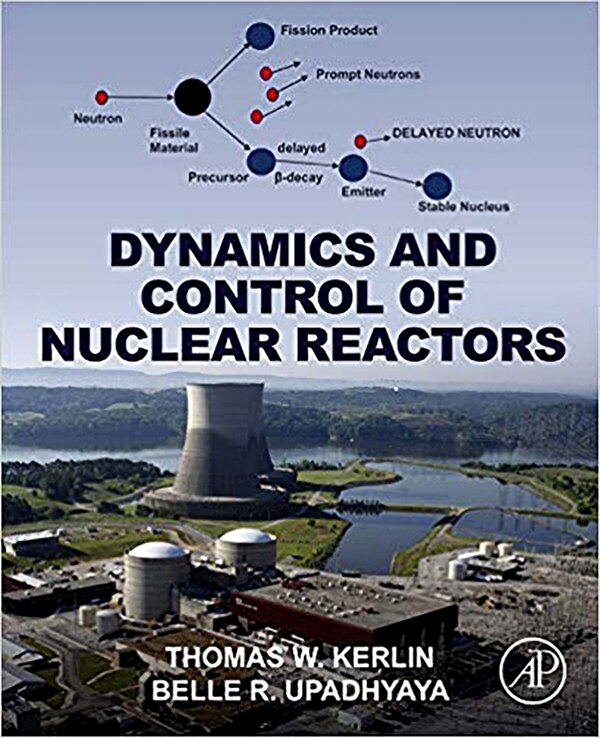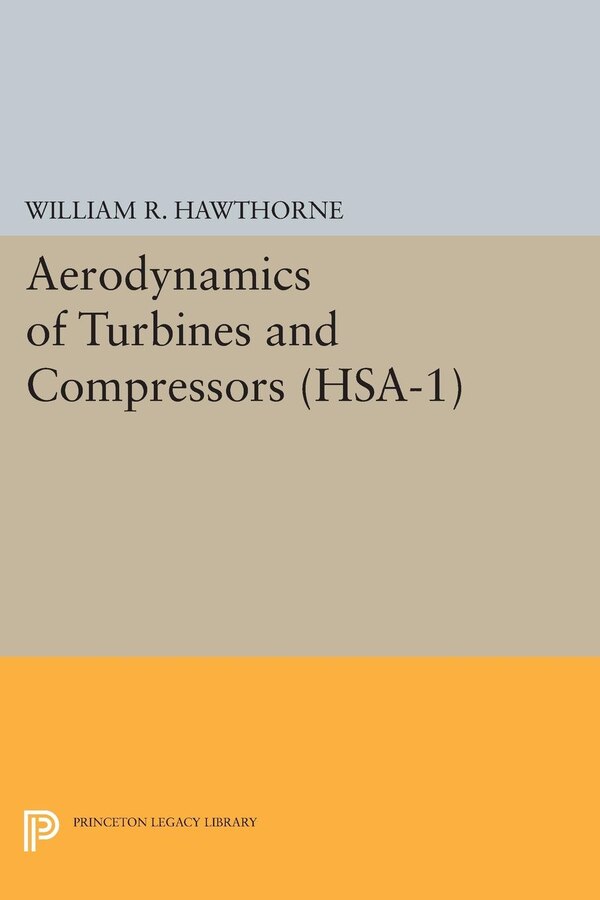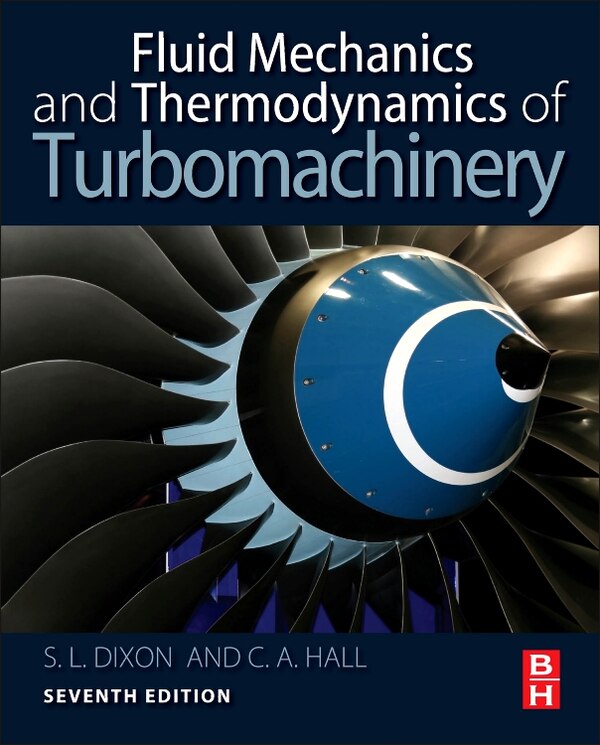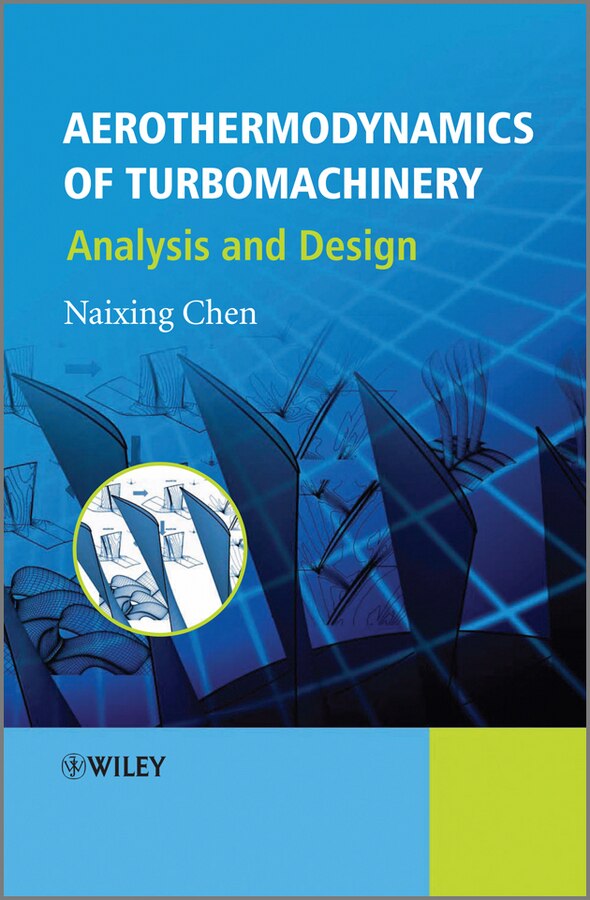Home
Documentation And Control Of Flow Separation On A Low Pressure Turbine Linear Cascade Of Pak-b Blades Using Plasma Actuators by Thomas C Corke
Loading Inventory...
Coles
Documentation And Control Of Flow Separation On A Low Pressure Turbine Linear Cascade Of Pak-b Blades Using Plasma Actuators by Thomas C Corke
From Thomas C Corke
Current price: $26.99


Coles
Documentation And Control Of Flow Separation On A Low Pressure Turbine Linear Cascade Of Pak-b Blades Using Plasma Actuators by Thomas C Corke
From Thomas C Corke
Current price: $26.99
Loading Inventory...
Size: 0.4 x 9.69 x 0.75
*Product information may vary - to confirm product availability, pricing, shipping and return information please contact Coles
This work involved the documentation and control of flow separation that occurs over low pressure turbine (LPT) blades at low Reynolds numbers. A specially constructed linear cascade was utilized to study the flow field over a generic LPT cascade consisting of Pratt & Whitney \"Pak-B\" shaped blades. Flow visualization, surface pressure measurements, LDV measurements, and hot-wire anemometry were conducted to examine the flow fields with and without separation control. Experimental conditions were chosen to give a range of chord Reynolds numbers (based on axial chord and inlet velocity) from 10, 000 to 100, 000, and a range of freestream turbulence intensities from u'/U(infinity) = 0.08 to 2.85 percent. The blade pressure distributions were measured and used to identify the region of separation that depends on Reynolds number and the turbulence intensity. Separation control was performed using dielectric barrier discharge (DBD) plasma actuators. Both steady and unsteady actuation were implemented and found to work well. The comparison between the steady and unsteady actuators showed that the unsteady actuators worked better than the steady ones. For the steady actuators, it was found that the separated region is significantly reduced. For the unsteady actuators, where the signal was pulsed, the separation was eliminated. The total pressure losses (a low Reynolds number) was reduced by approximately a factor of two. It was also found that lowest plasma duty cycle (10 percent in this work) was as effective as the highest plasma duty cycle (50 percent in this work). The mechanisms of the steady and unsteady plasma actuators were studied. It was suggested by the experimental results that the mechanism for the steady actuators is turbulence tripping, while the mechanism for the unsteady actuators is to generate a train of spanwise structures that promote mixing. | Documentation And Control Of Flow Separation On A Low Pressure Turbine Linear Cascade Of Pak-b Blades Using Plasma Actuators by Thomas C Corke



















